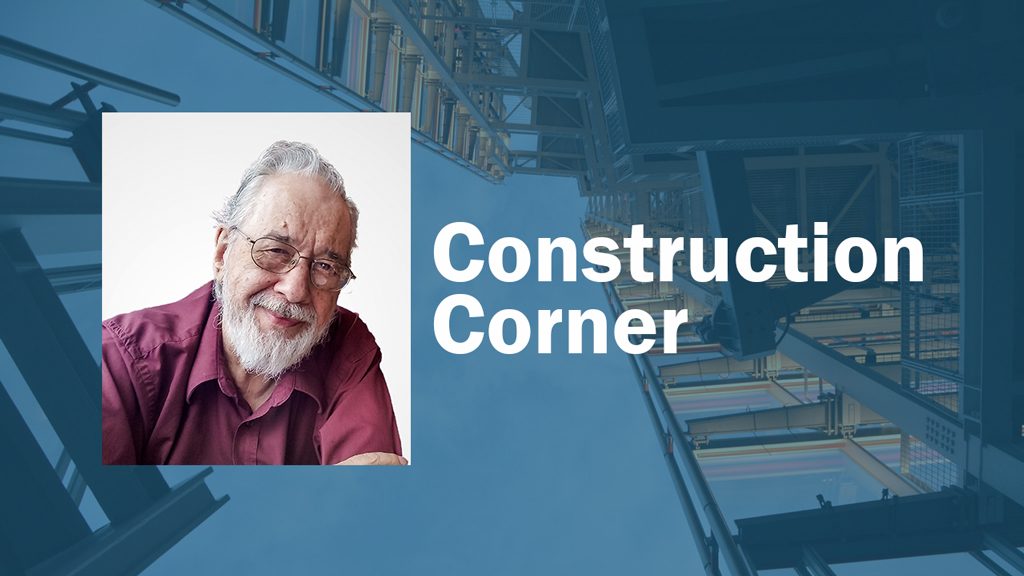When Italian architect Stefano Boeri opened his original Bosco Verticale (Vertical Forest) a bit more than three years ago, many people were impressed with the concept.
These are two highrise buildings in Milan, Italy, with trees growing from every balcony and the roofs. These are not just saplings. When planted they ranged between three and six metres. There is also a variety of shrubbery and smaller plants.
The larger of the two residential buildings is 26 storeys and 110 metres tall. The smaller is 18 floors and 76 metres tall.
The idea is that the trees and shrubs help mitigate air pollution and produce oxygen. They also moderate temperatures in the building, winter and summer.
I thought it was a wonderful idea until I looked at the price. The two buildings accommodate 400 condominium units priced between €3,000 and €12,000 per square metre. So, if you wanted a modest unit of somewhere around 90 to 95 square metres, you would be looking at something in the neighbourhood of C$280,000. And if you wanted something larger, say three times the size, you’d have to spend around C$840,000.
It seemed like a case of the rich building for the rich.
Since there was nothing there for ordinary folk, I pretty well forgot about vertical forests until several news releases showed up on my computer screen, all within the last six weeks.
Boeri’s idea seems to be taking hold. He now has an office in Shanghai, China, as well as his Milan operation. I knew he’d been working on a big project near Liuzhou, in a mountainous area in South China. That project has now broken ground.
It’s called the Liuzhou Forest City and it will have a number of tall vertical forests as well as lower buildings. Everything is going to be covered with trees, shrubs and other plants.
In all, this forest city will have nearly 40,000 trees and almost a million plants spanning 175 hectares alongside a river. It will provide homes for about 30,000 people in several residential areas and includes commercial and recreational spaces, two schools and a hospital.
Boeri estimates the greenery will absorb nearly 10,000 tonnes of carbon dioxide and 57 tonnes of pollutants per year while producing about 900 tonnes of oxygen.
The project will use a geothermal source for air conditioning and solar roof panels to collect renewable energy.
From the sound of it, this Forest City is going to be for ordinary people — not for those who are willing and able to spend hundreds of thousands of dollars on an apartment.
Boeri has said building whole cities of vertical forests across China could help the country combat its well-documented air-pollution problems while allowing its population to continue growing.
The second piece of encouraging news came just last week from Eindhoven in the Netherlands, where Boeri has been commissioned to build a vertical forest for social housing. It will be aimed low-income groups, particularly young people with an urban lifestyle. Its 19 floors will house 125 modest apartments rented out at affordable rates and graced by balconies with hundreds of trees and plants.
Boeri said in a news release, the Eindhoven project “confirms that it is possible to combine the great challenges of climate change with those of housing shortages.
“Urban forestry is not only necessary to improve the environment of the world’s cities, but also an opportunity to improve the living conditions of less fortunate city dwellers.”
Boeri continues to push the idea of urban forestry at all levels. Now he’s involved with the Food and Agriculture Organization, a United Nations agency. Together they’re promoting the first World Forum on Urban Forests, to be held this coming fall in Mantova, Italy.
Marketing the concept as “urban forests” instead of highrise condos could be a good idea — an idea whose time has come.
Korky Koroluk is an Ottawa-based freelance writer. Send comments to editor@dailycommercialnews.com.








Recent Comments
comments for this post are closed